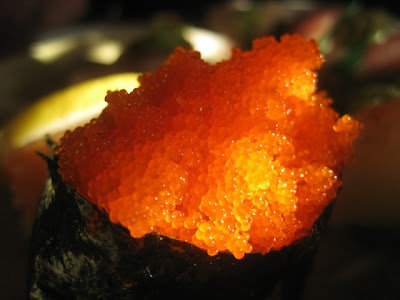At the National Gallery of Art's
East Wing two years ago, I saw this
Max Ernst sculpture and told J that I'd once sat on it. Back when I was a student in Germany, at big art exhibit in Kassel, Dokumenta 3. I thought. And somewhere there is a picture of me on it. Maybe. Possibly it was just a similar piece. I was tempted to sit on it again and have her take my picture, but the guard was watching me.
Today, June 9, 2012, I have been cleaning up downstairs. Throwing away old papers I no longer need, resorting the ones I'm not ready to toss, and thinking about converting some old papers into articles.
When I ran across, finally, this picture.
OK, so this isn't such a big coincidence. Eventually I was going to find this picture.
BUT, then I looked up Documenta. This exhibit happens every five years. And it turns out, (
from the Daily Beast):
The twice-a-decade show is launching Saturday, June 9, in Kassel, Germany, in its 13th incarnation.
From Deutsche Welle:
The German President Joachim Gauck has opened one of the world's
biggest contemporary exhibitions of modern and contemporary art in
Kassel, central Germany.
The thirteenth edition of one of the world's biggest and most ambitious
contemporary art fairs opens in Kassel on the Fulda River in the
northern part of the state Hesse in Germany.
Held every five years since 1955, the fair exhibits works by artists
over a period of 100 days. This year's event features works by nearly
300 artists from 56 countries. Exhibits include cottages brimming with
strange objects, sounds of the Brazilian jungle and a West African
theatrical performance.
Artistic Director, Carolyn Christov-Bakargiev, a US-born
Italian-Bulgarian, explained the festival's role at the opening:
"Documenta is dedicated to artistic research and forms of imagination
that explore commitment, matter, things, embodiment."
And here's a video from Documenta 13 from
Newsweek and Daily Beast art critic Blake Gropnik:
There are some questions though. If it's every 5 years, and this is 2012, how did I see it in September 1964?
Wikipedia answers that quickly. Its entry has a list of the 13 Documentas since 1955. The second one was in 1959, and the third one in 1964. They don't seem to have gotten onto a regular five year cycle until 1972.
People like to attribute events like my finding this picture on the day Documenta opens this year on something more than coincidence. With 365 days in a year, and with there being a Documenta every five years, the odds of my finding the picture on this particular day is a bit more than 1800 to 1. You had a much better chance of picking the winner of the Belmont today. 1800 to 1 is roughly 50 chances in 100,000, which is about twice as likely as
dying from Alzheimers in the US in 2009. (Some of you may think that's a strange relationship, but it is important for people to think about numbers and statistics with rationality and with facts. The odds were high, but these coincidences do happen.)
The
Deutsche Welle piece says that there will be three other Documenta locations this year:
Kassel is not the only venue for Documenta; this year a fifth of the
works are being shown in other locations including Kabul, Afghanistan,
Kairo, Egypt and Banff in Canada.
So, Alaskans driving Outside this summer, can stop by in Banff. And those stationed in Afghanistan might be able to partake as well.
OK, one more bit of trivia. While I was looking for the Max Ernst piece on my blog, I found him mentioned
in one of my posts in honor of Claude Lévi-Strauss' 100th birthday. Lévi-Strauss is being interviewed in 1940 or 41 about his time teaching at NYU:
D.E. You were a young, unknown university professor, and you became
part of a group of famous artists - stars, even - Breton, Tanguy,
Duchamp...
C.L-S. And Leonora Carrington, Max Ernst, Dorothea
Tanning, Matta, Wifredo Lam. . . Masson and Calder were living in the
country. I went to see them on a few weekends.
D.E. Did you like the members of the group?
C.L-S.
Some of them. I liked Max Ernst right away, and he is the one I
stayed closest to. Tanguy, whose painting I admired a great deal, was
not an easy person. Duchamp had great kindness, and for awhile Masson
and I were very close. I also became friends with Patrick Waldberg.
Our friendship continued after the war ended.
D.E. Peggy Guggenheim was financing the existence of the group?
C.L-S.
She helped this or that one out financially, but Max Ernst, whom she
married, was more affluent than the others. They were leading the
Bohemian life in Greenwich Village. Until Max Ernst left Peggy
Guggenheim. One day, Breton called to ask me if I had a small sum of
money to buy back one of his Indian objects from Max Ernst, who was now
broke. This historic object is now in the Musée de l'Homme.
And things mentioned in here lead in a thousand more directions which I'll leave for any of you reading this to pursue on your own.






















